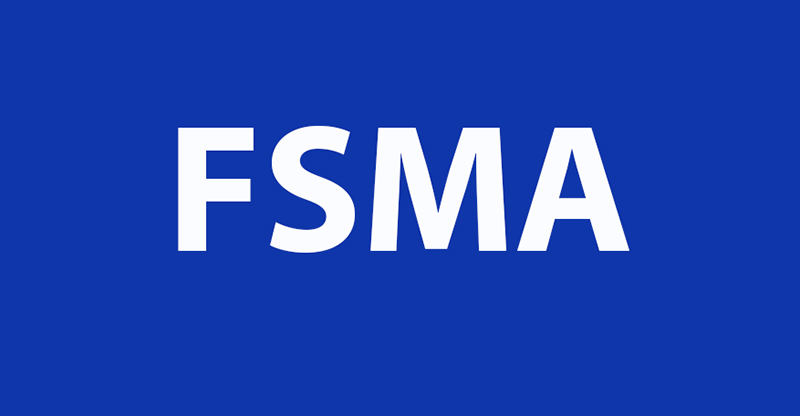How Does the Rule Affect Animal Feed Manufacturers?
This rule also applies to the production of animal feed for livestock animals such as beef, swine, poultry, horses and sheep. Some feed manufacturers have been required to comply with industry-specific GMPs as far back as 1976 under the Medicated Feed regulation (section 512(i) to the Federal Food, Drug and Cosmetic Act). A medicated feed mill is defined as a facility that manufactures feed using Category II, Type A medicated articles that must follow proprietary rules or specifications. Other feed manufacturers have scarcely been regulated at all, so these new requirements might very well seem overwhelming at first. However, there are many reasons why such a seemingly complex set of rules were put into place.
During the 2016 Food Safety Consortium, Debby Newslow and Erika Miller will instruct: FSPCA Preventive Controls for Animal Food (21CFR507) Training | REGISTER FOR THE WORKSHOPAnimal feed production is far more complicated than it may seem at a glance, largely because many species have specific dietary needs that do not overlap. For example, sheep can be negatively affected by excess copper, as can dogs with excessive levels of vitamin D; while only cats require a high level of thiamine in their diet. A potential hazard could be the contamination of poultry feed with Ochratoxin A, which causes weight loss, poor egg quality and low production in layer chickens; this is not to be confused with the mycotoxin Fumonisin, which is deadly for horses because the equine is not able to metabolize the toxin. Concentrations of greater than 2 ppm of Fumonisin result in extreme suffering and eventual death in a horse (within 48–72 hours). One example of a potential hazard would be cross contamination between beef feed (which is likely to contain Fumonisin) and equine feed, so facilities that process both will need to address this in their Hazard Analysis.
The approach to preparation must focus on both the risk and control. We have been told that operations will not be required to have a Preventive Control, but will be required to demonstrate that all reasonably foreseeable hazards or potential hazards are under control. During an inspection, questions will be asked related to the company’s justification for making decisions, and whether there is sufficient evidence of effectiveness available (based on the FDA inspector’s training and experience).
New information is released every day as the processes of compliance and inspection begin. It is critical that decisions are based on science, education, data and experience. Each operation must apply these tools to their operation, focusing on being able to justify their decisions and controlling reasonably foreseeable hazards and potential hazards. Apply the most impartial logic possible to make risk-based decisions—channel your inner Vulcan and eliminate those pesky feelings from the equation. With solid reasoning to back up our claims, one always speaks from a place of strength and knowledge. Ideally, this results in the manufacture of the safest possible animal food. Henry Ford provided an excellent quote when he said, “Quality is doing it right when no one is looking.” One cannot have food safety without quality, or vice versa.







We are an NRTE manufacturer and the by-products are given to the cattle farmer. Does Animal Food Safety apply to us?
I am the PCQI for our human food and not the animal food. Is it required that I take the animal food class so that we follow the protcols and what is the difference?
Hello Javier,
Regulatory interpretation questions (whether or not the law applies to you) must be submitted to the FDA Technical Assistance Network for official answers. The link to submit a question is here: http://www.fda.gov/Food/GuidanceRegulation/FSMA/ucm459719.htm As Lead Instructors, they are very clear that we are not qualified to answer these questions on behalf of the FDA.
The PCQI for Human food is a completely separate curriculum from the Animal food. It is not strictly required that you attend the FSPCA workshop to call yourself a PCQI. The statute says a PCQI is made through “sufficient training and experience” but does not define that term. Rather, they will evaluate your system and if it is effective then you are considered a qualified individual. You could choose to read the statute and apply your knowledge from the Human food course, but this is a decision that each company must make for themselves. The relevant statute is 21 CFR 507.
The biggest difference I noticed between the two was that the Animal food course explained many differences between species, like certain things that only applied to horses or cattle, for instance. There may be risks associated with a certain product or process that are relevant for some species but not others. This was a huge difference and something I would research thoroughly to be certain I understood, as it is not specifically spelled out in the regulation.
Best of luck to you, and if you have further questions, please don’t hesitate to reach out to us directly at contact@newslow.com!
Thanks,
Erika